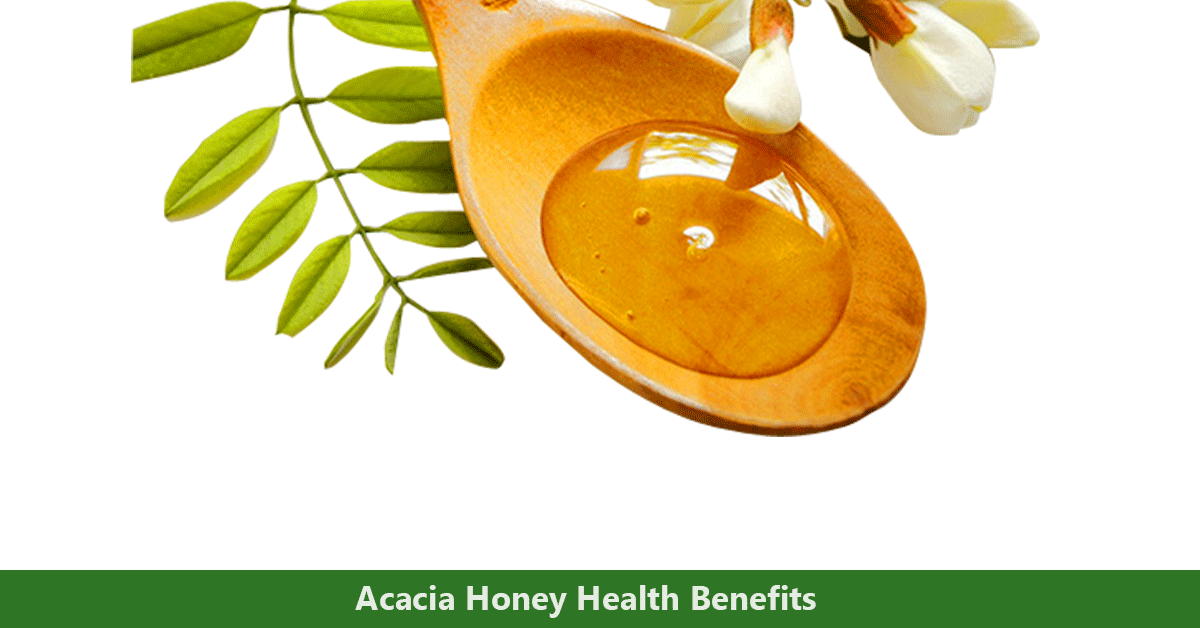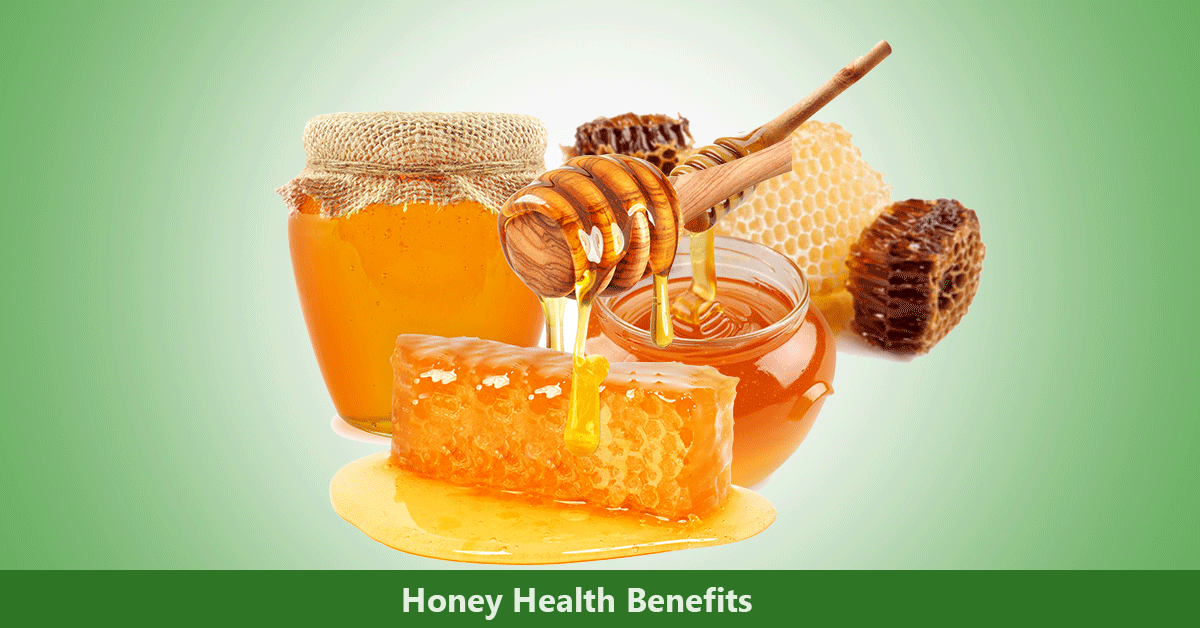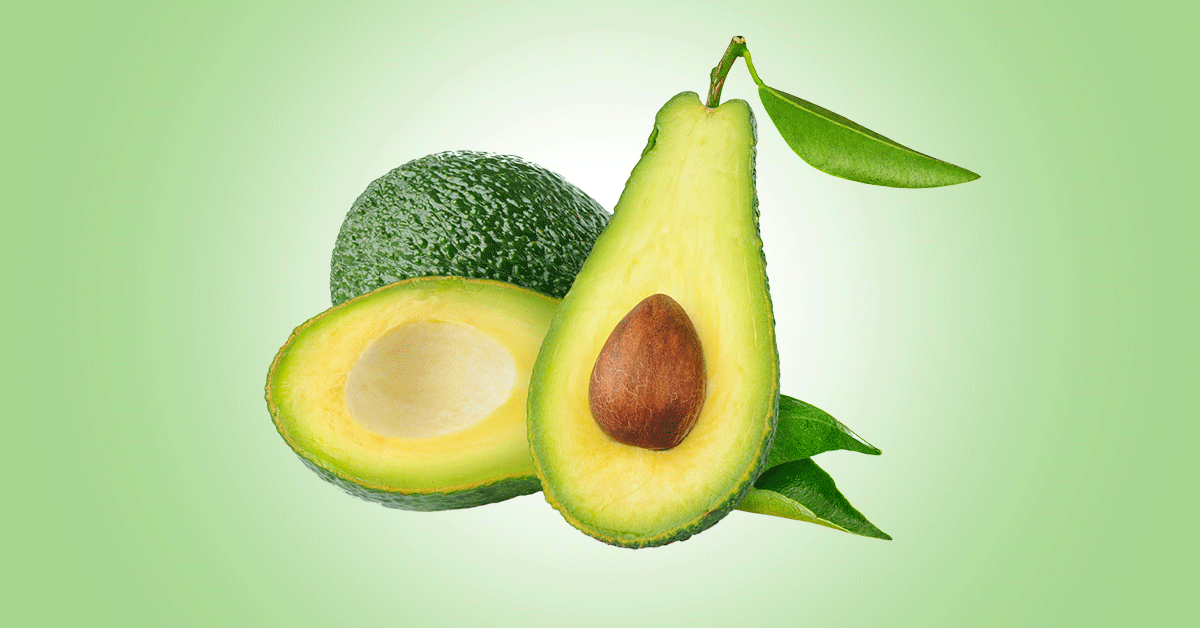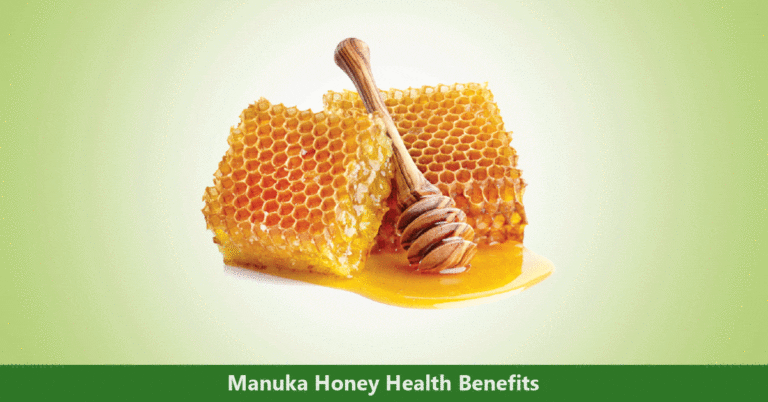Acacia honey is produced when bees (Apis mellifera) feed on acacia flowers. The honey is known to possess antioxidant, anticancer, neurological effects. It contains bioactive compounds such as phenolic compounds, flavonoids, fatty acids, and vitamins.
Honey are natural compounds made by the bees (Apis mellifera) from flower nectar and honeydew. The most valuable honeys are obtained from the flowers of acacia, silk grass, clover, tea tree, lime, rape, and sunflower.
Honey contains mostly enzymes like diastase (amylase), invertase (sucrose) and glucose oxidase. Fructose is the most important sugar, followed by glucose, and sucrose. There are dissacharides.
Acacia honey can be pale yellow or dark yellow, and has a mild and sweet taste. It is one of the most sought-out type of honey. Due to its high fructose content, it remains liquid for a long time, and rarely crystallize.
Constituents of Acacia Honey
There are presence of bioactive compounds such as flavonoids, phenolics, vitamins, fatty acids, and amino acids in acacia honey. The flavonoids include chrysin, apigenin, pinobanksin, pinocembrin, acacetin. Amino acids present are aspartic acid, arginine, cysteine, glutamic acid, and prolein. Mineral content includes potassium, magnesium, phosphorus, sodium, zinc, iron.
- Plant hormones: abscisic acid,
- Phenolic compounds like p-hydroxybenzoic acid, Cinnamic acid
- Organic compound: 5-hydroxymethylfurfural, Pyrazol-3-one, 2-hydroxypentadecanone, ferullic acid.
- Vitamins: A, C, and E.
Health Benefits of Acacia Honey
Antioxidant effect:
The honey possess antioxidant property, and protect against oxidative stress and damage in the cells. It also causes an increase in the levels of GSH, SOD and catalase activities.
Immunomodulatory activity:
As an immunomodulatory compound, honey increase peripheral blood lymphocytes, nuclear division, mitotic index. The antioxidant content also means it may prevent chromosomal damage in lymphocytes, and offer immune protection.
Hepatoprotective effect:
Acacia honey decrease serum aminotransferases, and maintain the structure and function of the hepatocytes, the main functional cells of the liver.
Neurological effect:
Acacia honey protect against microglia-induced neuroinflammation, and improve memory. It decreases the acetylcholinesterase (AChE) activity in the brain, and could help in the management of Alzheimer’s diseases. High levels of AChE activity in the brain has been known to cause the condition.
Wound healing effect:
Honey, when used orally or applied topically in a rat wound model, it increased the area of epithelisation, wound contraction, skin-breaking strength, and tissue granulation. There is also an increase in the hydroxyproline content, signifying an increase in collagen formation.
Also, in another study of the healing effect on the initial stage of conceal wound, it increased the proliferative capacity, but retained the morphology, gene, and protein expressions in normal cells.
Anticancer activity:
Honey contains polyphenolic compounds such as caffeic acid, galangin, acacetin, quercetin, kaempferol, ascorbic acids, chrysin, pinobanksin and apigenin. These compounds have antiproliferative effect on cancer cells. It inhibits inflammation, cell proliferation, calcium ion release, and expression of cancer cells.
Antibacterial effect:
Honey releases small levels of hydrogen peroxide, an antibacterial compound that can eliminate bacteria such as Staphylococcus aureus and Pseudomonas aeruginosa.
Nephroprotective effect:
Acacia honey lowered serum and creatinine levels, while increasing the levels of white blood cells and red blood cells.
Laxative effect:
Honey also has a laxative effect on the digestive system, and improve bowel movement.
Carminative property:
It can relieve stress, anxiety and other nervous disorders due to its relaxation effect.
References:
- https://web.archive.org/web/20190302140604id_/http://pdfs.semanticscholar.org/a477/5d71a105df3193cd880222611aba1408f6a7.pdf
- https://www.researchgate.net/publication/330692482_Composition_of_acacia_honeys_following_processing_storage_and_adulteration
- https://www.honeygreen.com/acacia-honey-pharma-food-suplements/












